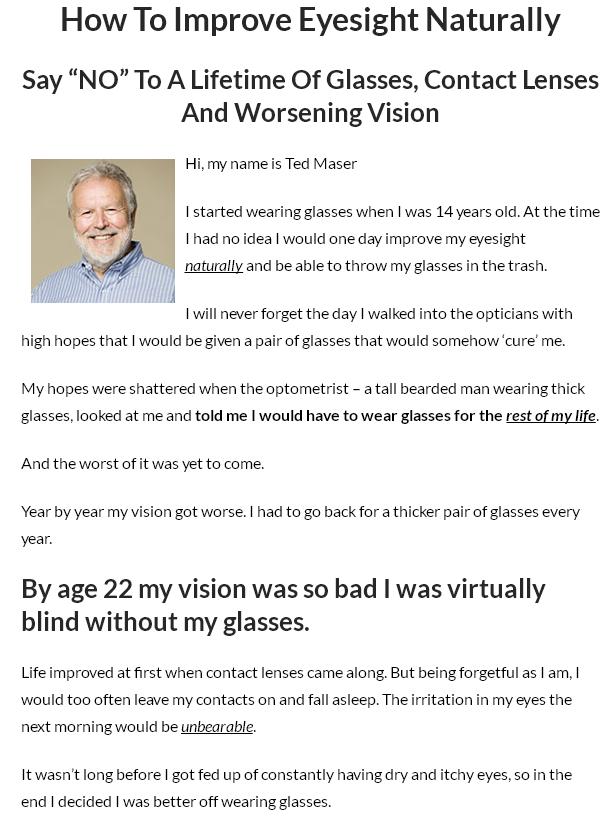DEAR DOCTOR K:
What’s the difference between strength training and power training? Do I need both?
DEAR READER:
Before I make the distinction, let’s remember why strength and power training are important. Starting at about age 30, we start losing muscle mass. That’s called “sarcopenia.” By the time we’re 70, we can expect to have lost about 25 percent of the muscle mass we had at age 30. Right now, there’s little to nothing we can do about this, except to exercise.
Let’s start with strength training (sometimes called resistance training or weight training). Strength-training exercises build muscle by harnessing resistance against an opposing force. The resistance can come from your body, or from free weights, elasticized bands or specialized machines. Putting more than the usual amount of load on your muscles makes them stronger. Because the muscles being exercised are attached to underlying bone, these exercises strengthen bones as well.
You should do strength training on at least two non-consecutive days each week. I alternate strength training with aerobic training, every other day. (One day a week I do neither, but I’m not recommending you do likewise.)
Strength training isn’t just for those in search of buff bodies or bulked-up muscles. It also boosts the strength needed for daily tasks like walking a few blocks or climbing stairs. Just about any activity becomes easier with stronger muscles. Particularly after age 60, we are vulnerable to stumbling and falling if aging has robbed us of strength. As you climb stairs and your legs start to tire, for example, with your next step the toes of your foot might not quite clear the stair, causing you to stumble.
Power training is proving to be just as important as strength training in maintaining or restoring function. As the name suggests, power training is aimed at increasing power.
Power is a product of both strength and speed. Optimal power reflects how quickly you can exert force to produce the desired movement. Faced with a four-lane intersection, you may have enough strength to walk across the street. But it’s power, not just strength, that can get you across all four lanes of traffic before the light changes. Likewise, power can prevent falls by helping you react swiftly if you start to lose your balance.
As we age, muscle power fades even more swiftly than strength does. So exercises that can produce gains in power become especially important later in life.
Some power moves are strength-training exercises done at a faster speed. Others rely on the use of a weighted vest. You wear the vest while performing certain exercises that are aimed at improving functions such as bending, reaching, lifting and rising from a seated position.
I’ve put two strength-training exercises below. You can add an optional “power move” to reap the benefits of both strength and power training. These activities can be done at home or on the road, and they require no special equipment.
Strength training and power training exercisesChair standExercises the muscles of the abdomen, hips, front thighs, and buttocks
Position a chair so that its back is resting against a wall. Place a small pillow upright at the back of the chair. Sit at the front of the chair, knees bent, feet flat on the floor and slightly apart. Lean back on the pillow in a half-reclining position with your arms crossed and your hands on your shoulders. Keeping your back and shoulders straight, raise your upper body forward until you are sitting upright. Stand up slowly, using your hands as little as possible. Slowly sit back down. Aim for eight to 12 repetitions. Rest for a minute or so and repeat the set. Power move: Change the move slightly for the last set by rising from the chair quickly. Sit down again at a normal pace.
Triceps dipExercises the muscles of the back upper arms, chest, and shoulders
Put a chair with armrests up against a wall. Sit in the chair and put your feet together flat on the floor. Lean forward a bit while keeping your shoulders and back straight. Bend your elbows and place your hands on the armrests of the chair, so they are in line with your torso. Pressing downward on your hands, try to lift yourself up a few inches by straightening out your arms. Raise your upper body and thighs, but keep your feet in contact with the floor. Pause. Slowly release until you’re sitting back down again. Aim for eight to 12 repetitions. Rest and repeat the set. Variation: If you don’t have a chair with armrests, sit on the stairs. Put your palms down on the stair above the one you are seated on. Press downward on the heels of your hands, lifting your body a few inches as you straighten your arms. Pause. Slowly release your body until you are sitting back down again. Aim for eight to 12 repetitions. Rest and repeat the set. Power move: During the last set, lift your body quickly. Slowly release until you are seated again. |
<!–
–>





